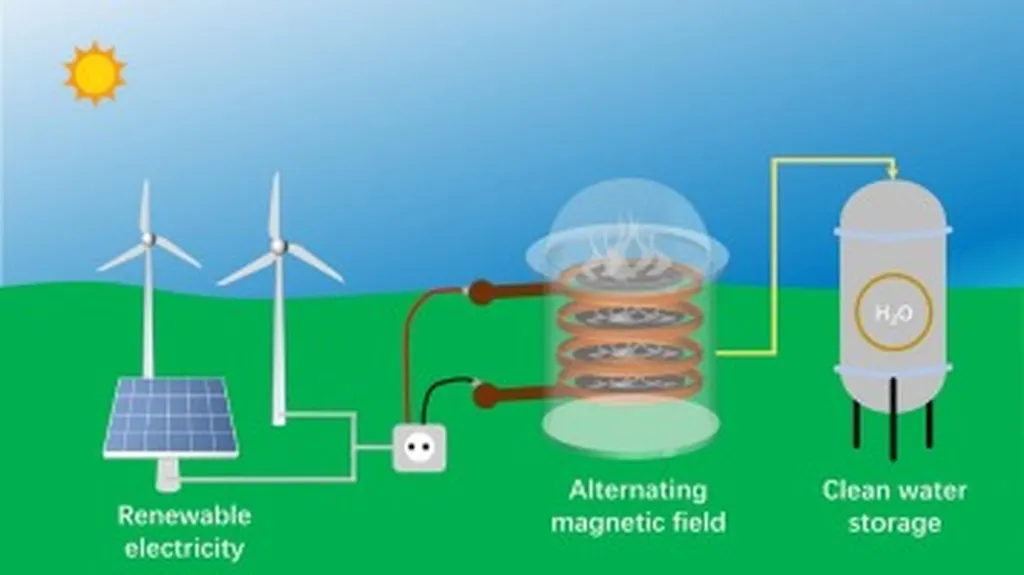In a significant stride towards more sustainable and environmentally friendly industrial practices, researchers from the Wuhan Research Institute of Materials Protection have developed a promising alternative to traditional hexavalent chromium coatings. The study, led by ZHANG Qi and colleagues, focuses on the electrodeposition of tin-cobalt alloys, a technology poised to revolutionize the energy sector and beyond.
Hexavalent chromium coatings have long been valued for their excellent decorative and functional properties, but their environmental and health impacts are increasingly concerning. The research team, based in Wuhan, China, has been at the forefront of developing tin-cobalt alloy plating technology as a viable replacement. “The alloy coatings obtained from these systems have high cobalt content, their appearances and performances are similar to chrome plating, and the process is more environmentally friendly,” stated ZHANG Qi, the lead author of the study published in the journal “Materials Protection” (Cailiao Baohu).
The researchers reviewed the historical development and current state of tin-cobalt alloy plating technology, highlighting various process schemes and the evolution of plating solutions. They delved into the characteristics and limitations of different systems, including pyrophosphate, gluconate, and citrate, which have garnered significant attention in recent years. The study underscores the potential of these systems to replace traditional chrome plating, offering a more sustainable solution without compromising performance.
One of the most compelling aspects of this research is its potential impact on the energy sector. The study suggests that tin-cobalt alloy plating technology could become a research hotspot, particularly in the development of cathode materials for lithium-ion batteries. This innovation could enhance battery performance and longevity, addressing critical needs in the rapidly growing electric vehicle and renewable energy storage markets.
“Our findings indicate that tin-cobalt alloy coatings not only mimic the aesthetic and functional properties of chrome but also offer a more eco-friendly alternative,” said ZHANG Qi. “This technology has the potential to transform various industries, including automotive, electronics, and energy storage, by providing a sustainable solution that meets both performance and environmental standards.”
The research also identifies current challenges and future directions for tin-cobalt alloy plating technology. By addressing these issues, the team aims to pave the way for broader adoption of this innovative coating solution. The study’s insights could shape future developments in the field, driving advancements in material science and industrial applications.
As the world increasingly prioritizes sustainability and environmental responsibility, the work of ZHANG Qi and colleagues represents a significant step forward. Their research not only offers a practical alternative to harmful chromium coatings but also opens new avenues for innovation in the energy sector. With the potential to enhance battery technology and reduce environmental impact, tin-cobalt alloy plating technology is poised to make a lasting impact on industries worldwide.

